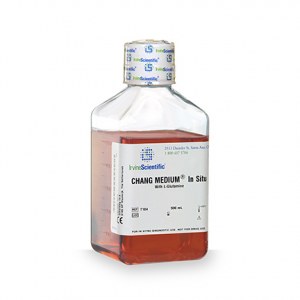Prenatal diagnostic
Most women give birth to healthy babies, but some mothers have an increased risk of giving birth to a baby with a genetic abnormality. Personal and family medical history provides important information as well as physical examinations (ultrasound) and biochemistry can help identify women who are at risk of having a baby with a genetic condition. Pregnant women with increased risk benefit from prenatal diagnostic procedures.
There are two main procedures for prenatal diagnosis, namely amniocentesis and chorionic villus sampling (CVS). The procedure followed is determined by the time of pregnancy at which the examination is performed.
Amniocentesis:
Amniocentesis is a medical procedure in which a small amount of amniotic fluid is removed from the amniotic sac surrounding the fetus in the uterus
The test is regularly performed at about 16 weeks of gestation (recommended between 14 and 22 weeks). A sample of amniotic fluid (20-40 ml) is removed transabdominally with ultrasound guidance. The cells of the fluid are cultured and karyotyped. In addition to detecting Down syndrome, this technique can also be used for prenatal diagnosis in families with known chromosomal rearrangements or in pregnancies with abnormal ultrasound.
Most of the amniotic fluid cells originate from the fetus and include fibroblasts, epithelial cells and amniocytes. Cells suitable for genetic analysis are fibroblasts and amniocytes, and the preparation of chromosomes from these cells gives a clear picture of the chromosomes for microscopic observation.
Chorionic villus sampling (CVS):
A small sample of placenta is taken, transabdominally, under ultrasound guidance. Sampling of chorionic villus (CVS) can be taken earlier in pregnancy than amniocentesis (between 10 and 13 weeks of gestation). However, the result may be slightly less reliable than amniocentesis, due to the possibility of a confined placental mosaic.
We offer a wide choice of culture medium suitable for prenatal diagnosis.



